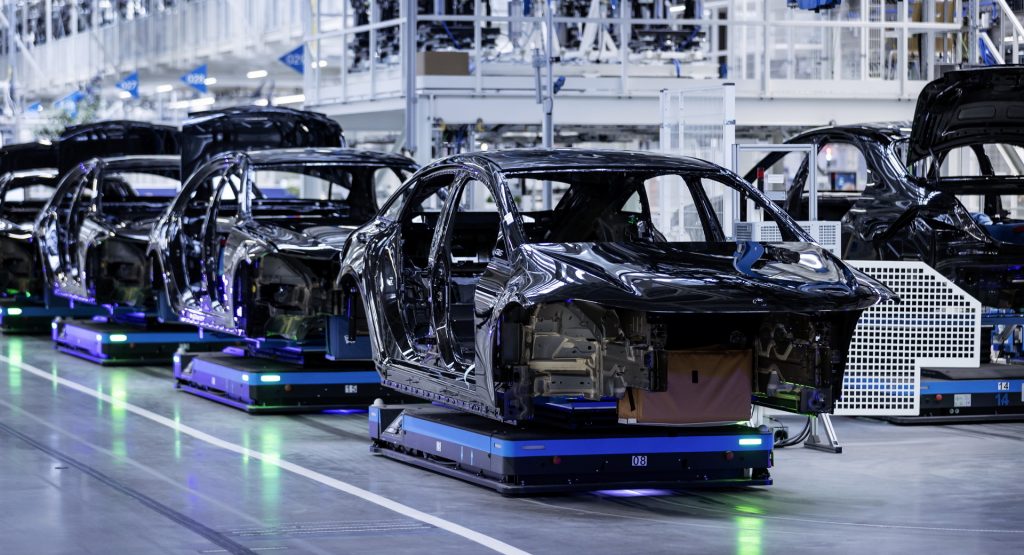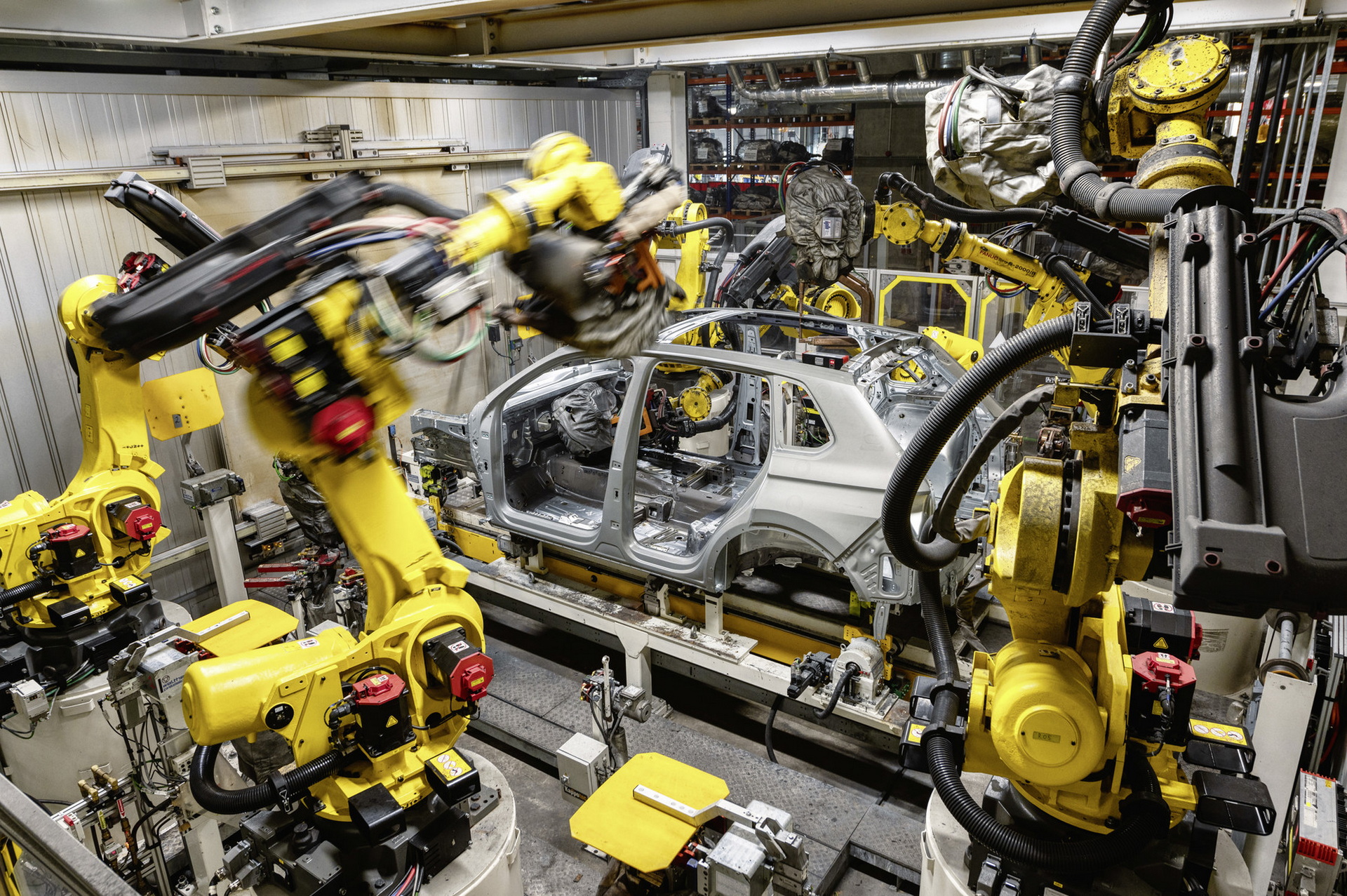More than 5 million fewer cars could be produced over the coming two years due to the ongoing conflict between Russia and Ukraine.
Analysts at S&P Global Mobility suspect that 2.6 million fewer vehicles will be produced in both 2022 and 2023 due to Russia’s ongoing invasion of Ukraine. This could reduce global car production to 81.6 million units this year and 88.5 million units in 2023.
Read Also: BMW’s Factories In Germany And The UK Are Returning To Full Output
European production will feel the impacts more than any other region. S&P Global Mobility expects car production to drop by 1.7 million this year in the continent. Of this, just under 1 million units will come from lost demand in Russia and Ukraine while the remaining will be due to the worsening semiconductor supply issues and the loss of Ukraine-sourced wiring harnesses and other components.
The potential loss of Russia-sourced palladium could also prove to be the industry’s biggest supply constraint moving forward. Russia produces 40 percent of the world’s mined palladium, two-thirds of which is used in vehicles, particularly as the active element in catalytic converters.
Light vehicle production in North America is expected to fall by 480,000 units in 2022 and 549,000 units in 2023, also due to supply chain issues as well as labor and logistics challenges. S&P Global Mobility has reduced its light vehicle production forecast between now and 2030 by 25 million units.
“With the March forecast release, we removed 2.6 million units from our 2022 and 2023 outlook, but the downside risk is enormous. Our worst-case contingency shows possible reductions up to 4 million units for this and next year,” executive director for global production forecasting at S&P Global Mobility Mark Fulthorpe said.
It is understood that wiring harnesses built in Ukraine were likely destined for between 500,000 and 1 million vehicles prior to Russia’s invasion of the country. According to estimates, it could take between 3 and 10 months for the production of wiring harnesses to be relocated due to wait times of machinery and the time required to train staff.









